Last-minute venue problems, horrible weather and a mob of attendees – no we’re not talking about the Fyre Festival, we’re talking about Woodstock ’69. The Woodstock Music Festival billed as “An Aquarian Experience: 3 Days of Peace and Music,” is to this day one of the most iconic music events in history. And despite the challenges the organizers, John Roberts, Joel Rosenman, Artie Kornfeld, and Michael Lane faced, what they accomplished for their millions of concert-goers is something Billy McFarland could only dream of. However, as you can imagine getting the kind of talent needed for this extravaganza wasn’t simple and required some pretty big checks.
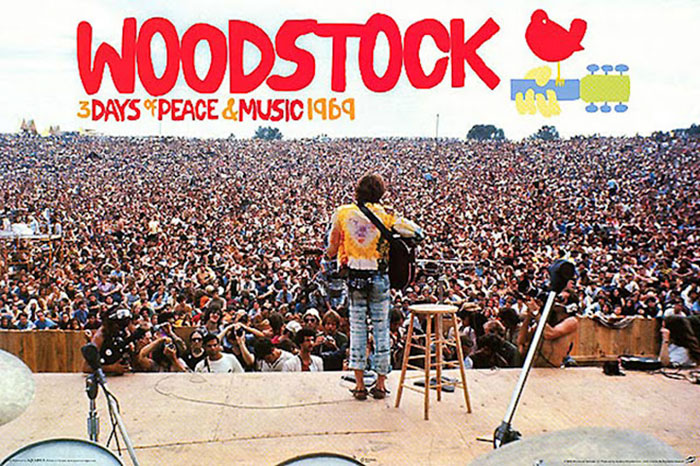
The four young creators of Woodstock were all music entrepreneurs in their own right. Lane had previously organized the Miami Music Festival in 1968 and Kornfeld was the youngest vice president at Capitol Records. Roberts and Rosenman were already working together at a Manhatten recording studio. The team members were all looking for a new venture, so they formed Woodstock Ventures, Inc and ended up signing some of the biggest music names of their generation to perform – through some hefty incentive.
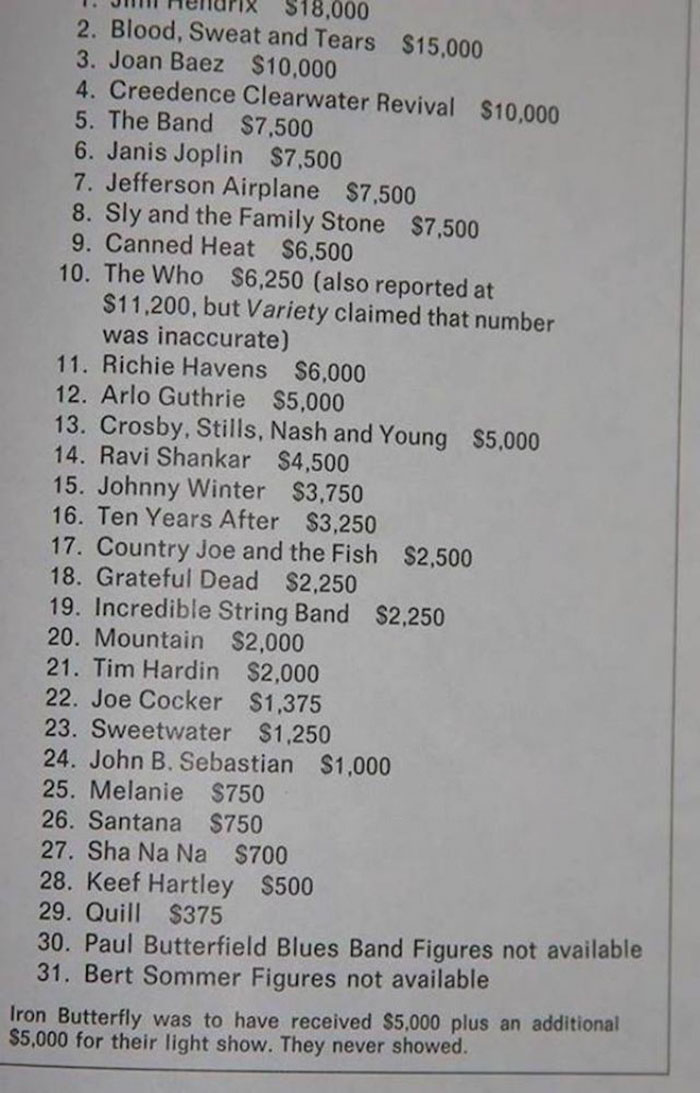
This list is the breakdown of how much each artist was paid to attend and perform at Woodstock. Out of the 31 performers, Jimi Hendrix topped the list in earnings. While these numbers are high for the average person, if you calculate the cost of inflation they would be even higher today. As Lang told the Telegraph in an interview from the beginning money was an issue: “We overpaid a bit, to establish the reality of the festival,” says Lang. “Once that happened, the word started to go out. We established a top price of $15,000 for headline acts. Hendrix wanted a lot more. He wanted $50,000…”
Jimi Hendrix
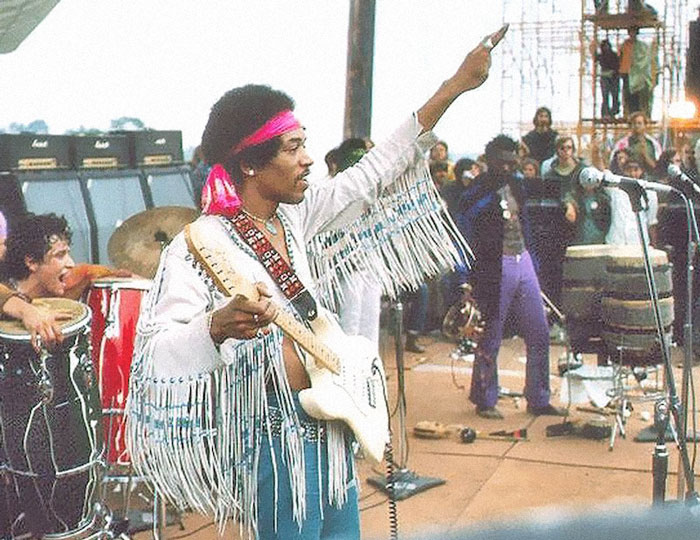
Image credits: wikipedia
Legendary guitarist Jimi Hendrix was the second to last act to perform for the festival. He graced the stage on August 18th in at 9 am, due to weather delays and performed an uninterrupted set that went on for almost two hours – one of the longest performances of his career. Only 200,000 people were still around when the performer went on that Monday morning but he was still paid $18,000 more than $125,000 in today’s currency.
Blood, Sweat and Tears
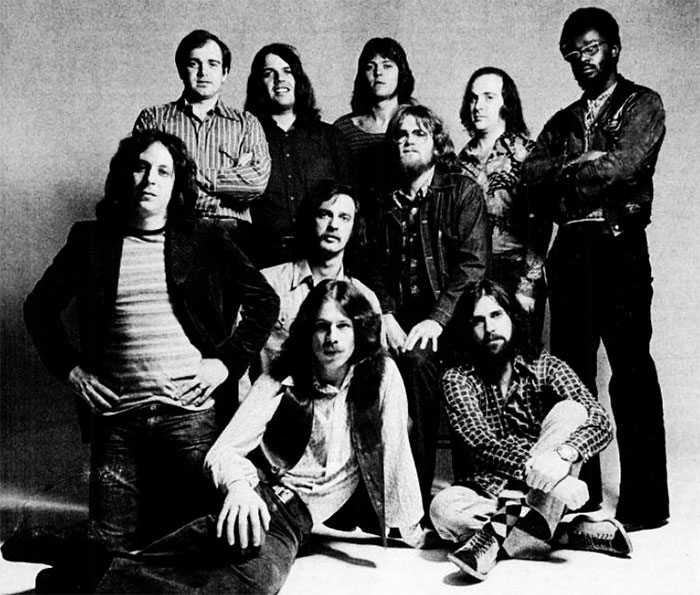
Image credits: wikipedia
Blood, Sweat and Tears had hit their stride in 1969 after winning a Grammy for Album of the Year for their self-titled album. They had a unique R&B sound and played a five-song set that began around 1:30 am on Sunday night. The group was the second highest paid act at $15,000 ($102,879 today).
Joan Baez
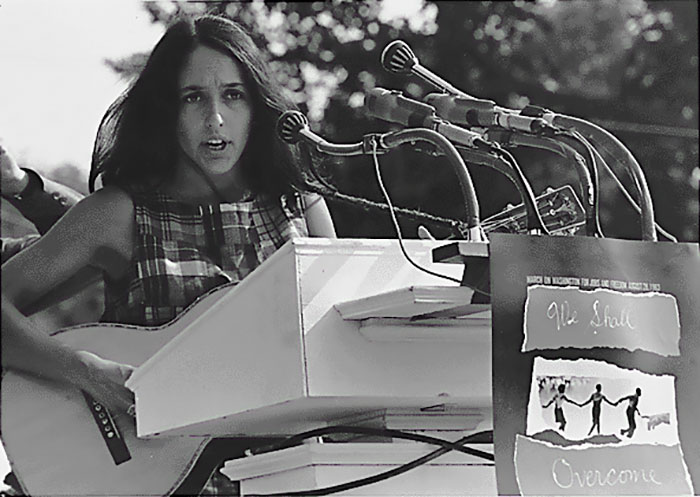
Image credits: wikipedia
Joan Baez, sometimes described as the female counterpart to Bob Dylan, played anti-war protest folksongs. She came on stage at 1:00 am Friday night and wished the crowd a good morning. Baez performed a 14 song set in the rain and was paid $10,000 (68,586 today).
Creedence Clearwater Revival
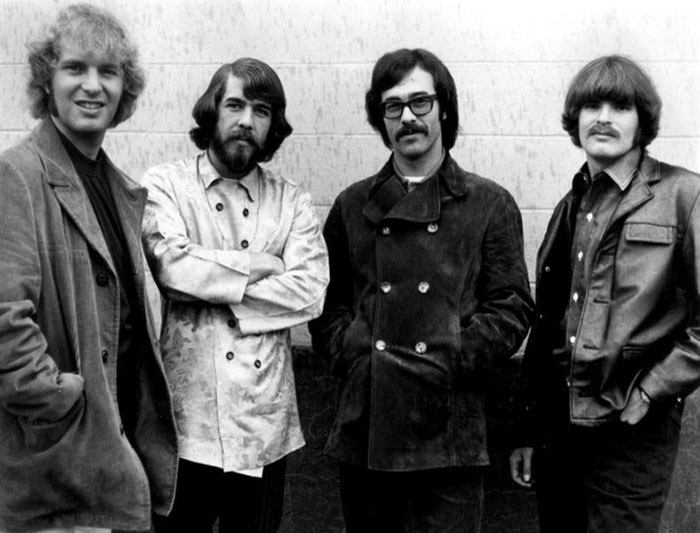
Image credits: wikipedia
Creedence Clearwater Revival was the first big name to be booked for Woodstock. The band went on late Saturday night and wowed the crowd with their mixture of R&B, folk, country and rock. The band followed The Grateful Dead who played a notoriously long set, and Creedence Clearwater member John Fogerty complained that it delayed their performance so most of the audience had already gone to bed. Nonetheless, they were paid $10,000 ($68,586 today).
The Band
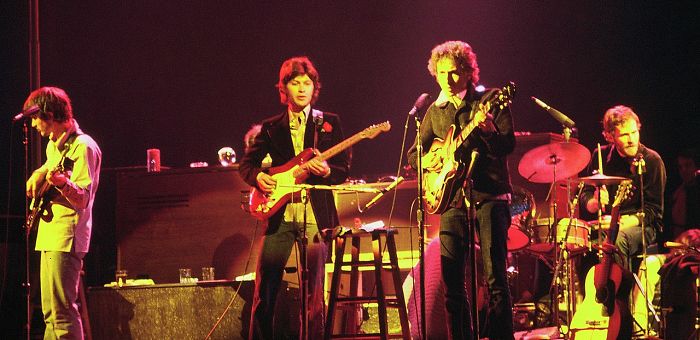
Image credits: wikipedia
This successful folk-rock band had formally played alongside the great Bob Dylan. At the time of Woodstock, they had released only one album ‘Music From Big Pink, but were still a big hit. The group played mostly their original songs instead of Dylan and were paid $7,500 ($51,439 today).

Image credits: wikipedia
The organizers of Woodstock could not anticipate the magnitude of the event, with many of the original plans for the bonanza changing constantly starting with the venue.
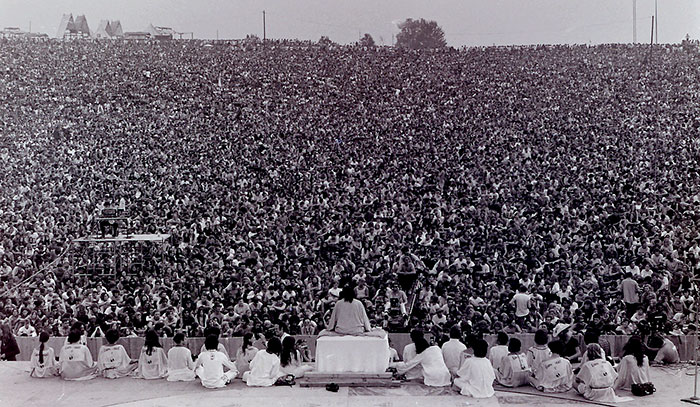
Image credits: wikipedia
In the beginning, Woodstock was to take place at Howard Mills Industrial Park in Wallkill, New York, but the town officials became wary of the idea and backed out. They even passed a law that eliminated any future possibilities of the concert being held on their land.
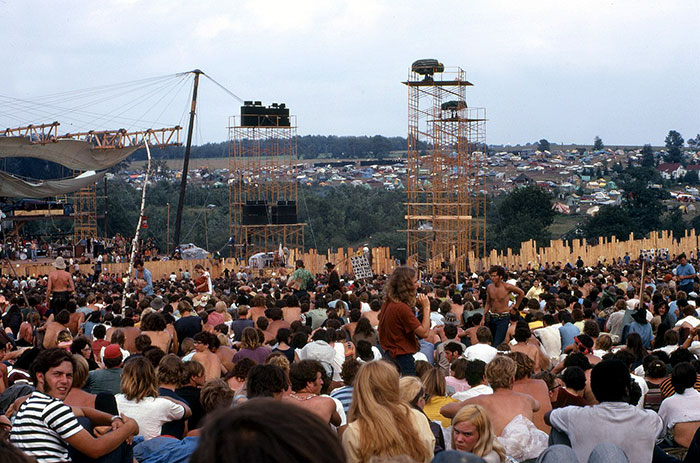
Image credits: wikipedia
With only a month to go, a 49-year-old dairy farmer by the name of Max Yasgur offered up his personal land in the White Lake area of Bethel, New York by the Catskill Mountains. Much like the Fyre fiasco, changing locations so late in the game had minute logistics being left to the last moment such as gates, ticket booths, medical tents, concessions and most importantly – bathrooms.

Image credits: John Dominis
With no time to accomplish everything, the men had to switch strategies. Hordes of people were arriving days before the concert and gates and ticket booths hadn’t arrived – so they decided to make it free.
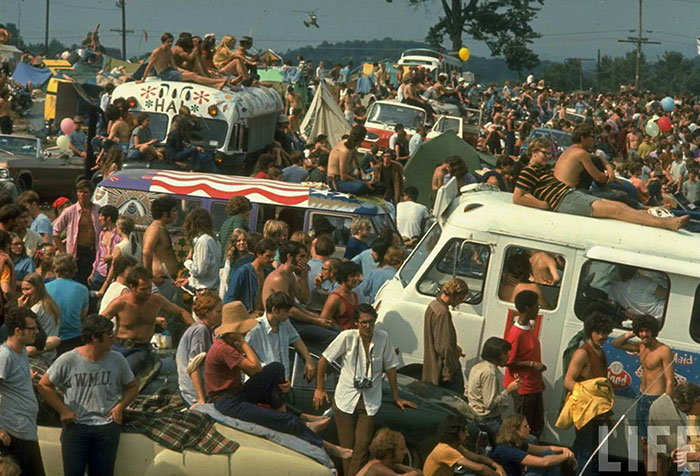
Image credits: John Dominis
In an interview with the Telegraph, Lang explained: “You do everything you can to get the gates and the fences finished—but you have your priorities. People are coming, and you need to be able to feed them, and take care of them, and give them a show. So you have to prioritize.”
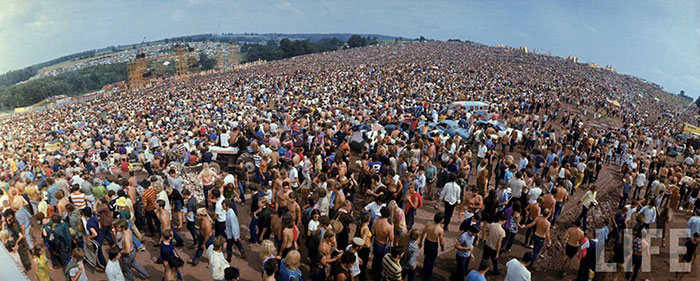
Image credits: John Dominis
50,000 people were originally expected at Woodstock but by August 13th, at least that many had set up camp and over 100,000 pre-sale tickets had been sold.

Image credits: Bill Eppridge
To put it in perspective, the famous Coachella music festival allows for 125,000 people, and around 70,000 people attend Burning Man.

Image credits: Bill Eppridge
Through the pain and the glory organizer, Rosenman knows that no amount of problems could trump the significance of the event: “I don’t know if you’ve ever been involved in a venture capital project – they’re always exhilarating. I would say that the stress factor was fun to complain about, but it was a rewarding project to work on. It took on an almost religious significance after the fact.”
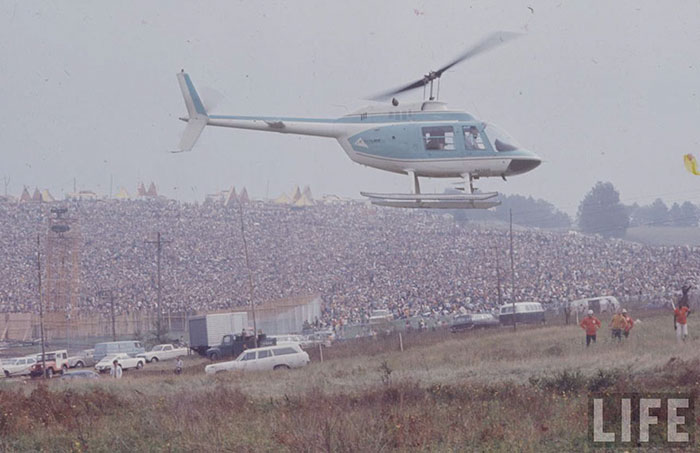
Image credits: Bill Eppridge
In 2006 the Bethel Woods Center for the Arts was opened on the former concert ground site. It hosts outdoor concerts on a large pavilion and even has a museum dedicated to the 1960s.
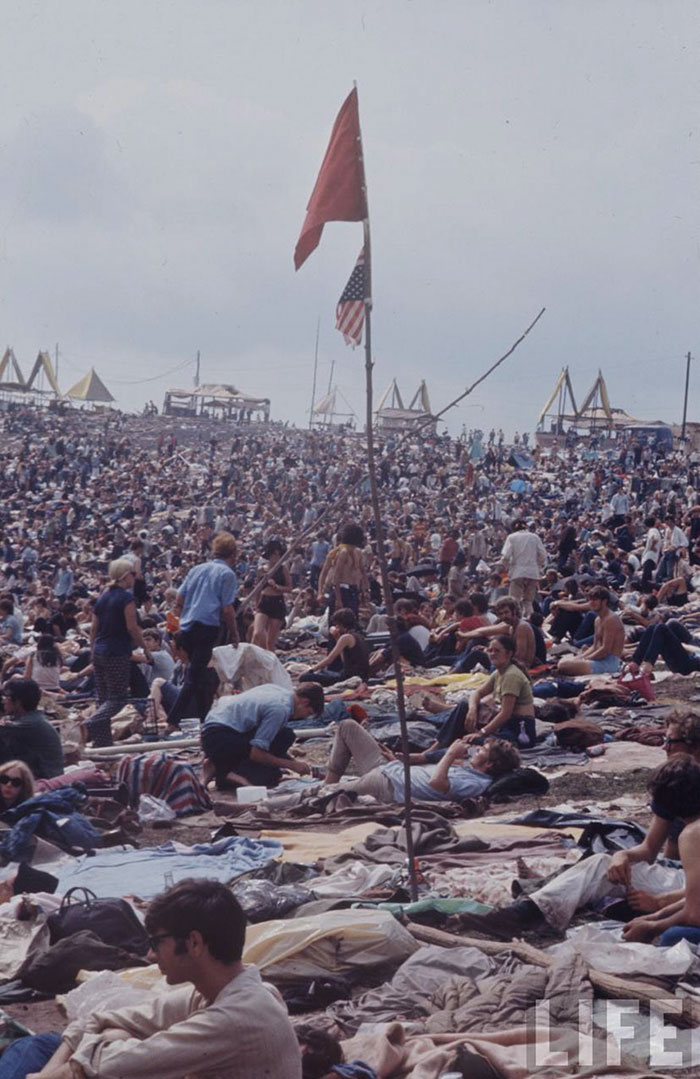
Image credits: Bill Eppridge
from Bored Panda http://bit.ly/2DWoXGM
via Boredpanda
